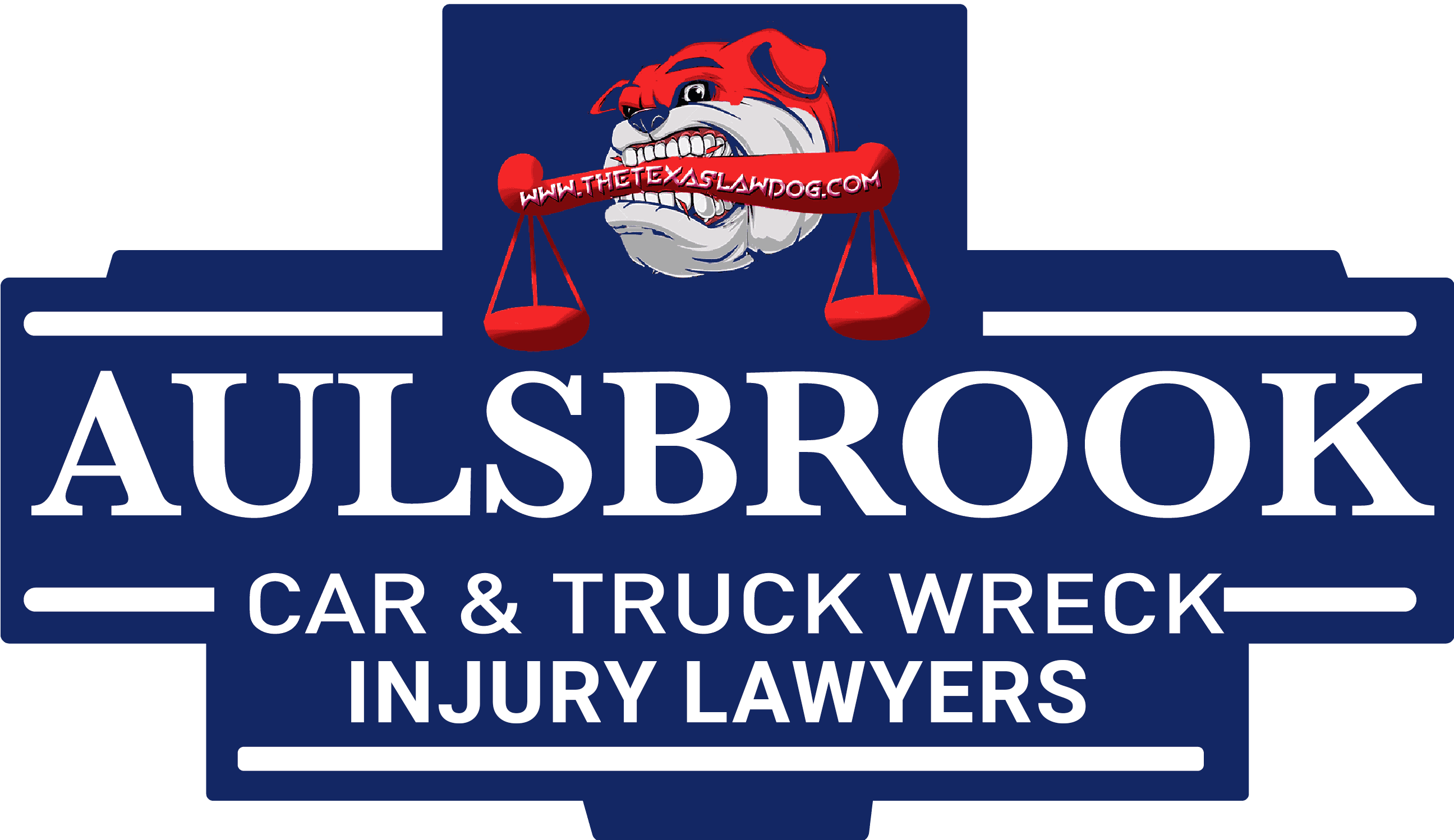Unique Aspects of a Grapevine Blind Spot Truck Accident Case
Blind spots are everywhere on a truck. Semi-trucks have four primary blind spots. There is one immediately in front of the truck’s cab, extending forward for about 20 feet. There is another blind spot just below and behind the driver’s window. A blind spot is also on the right side of the truck’s cab, extending backward diagonally. Additionally, there is a spot directly behind the truck’s trailer, extending for about 30 feet. It’s nearly impossible for truckers to see anything located in these areas.
Truck drivers are expected to do their best to check their blind spot before turning, changing lanes, or braking, but even with conscious effort on their part, they are not always able to see cars or other vehicles in their blind spots. If you were injured in a truck crash due a blind spot, you may be eligible to recover compensation for damages. Discuss the unique aspects of a Grapevine blind spot truck accident case with an experienced attorney.
Under What Circumstances Do Blind Spot Accidents Happen With Trucks?
A wide variety of circumstances might lead to a blind spot truck accident, but typically, these stem from the fact that a truck driver did not see a smaller car when changing lanes or turning, resulting in a collision.
Some common causes include:
- Vehicles following each other too closely where their car is tailgating a semi
- Truck driver’s aggressive driving, such as hitting the brakes to signal that drivers should back off or cutting off another vehicle
- The truck driver’s failure to check his or her blind spots before making a lane change
- Passenger cars simply traveling in a large truck’s blind spot
Passenger car drivers are more easily able to turn their head and see out of their side windows or more likely to be able to use rear-view mirrors to check their blind spots. There are factors that come into play that make semi-blind spots bigger than cars. One, the length of the average semi-truck spans from 70 to 80 feet, which creates a large space and limited visibility. And trucks with triple trailers are more than 100 feet long, which gives them the largest blind spots on the road.
Big rigs are also much taller than cars, so when truck drivers sit in their cab, it’s difficult to see low-riding vehicles that are driving immediately in front of them or next to them. And then, three, semis do not have rear-view mirrors to check blind spots, and if they did have a rear-view mirror, they wouldn’t be able to see because the trailer would impede the view even if there was a window in the rear of the sleeper or in the cab.
Who Could Be Held Liable For A Blind Spot Crash?
Truck drivers are required to exercise reasonable care to avoid any foreseeable risk of harm to other people, so that means they have to be careful when they slow down, change lanes, or turn. A driver injured in a truck’s blind spot could suffer catastrophic injuries, and he or she could sue the truck driver for negligence.
Trucking Company Negligence
In many cases, it is also appropriate to sue the trucking company that employed the driver, and a company could be held responsible under a theory of vicarious liability, where a driver commits a negligent act within the course and scope of his or her employment with the trucking company, which means a trucking company may not be vicariously liable if the trucker was off-duty and failed to check his or her blind spot.
An individual can be directly liable where a truck driver employee is negligent if the employer knew or should have known that the truck driver should not be hired or had an employment history involving dangerous driving. For example, if the trucking company knows its employee has a drinking problem and chooses to hire them anyway, then it could be responsible under a theory of negligent hiring or negligent supervision.
How Do You Prove Negligence?
Truck drivers may be negligent for blind spot accidents. The plaintiff’s attorney would have to prove the four elements, including duty, breach of duty, actual and proximate causation, as well as actual damages.
A driver may negligently cause a blind spot accident if they do not have the proper training or qualifications to drive the truck. Additionally, if a driver does not have the necessary mirrors for the truck properly installed or they did not properly align the mirrors to reduce the blind spots as much as possible, they could be held liable. If a driver failed to keep a proper lookout for other vehicles around them and failed to check all their blind spots before making a maneuver. The other common; six, drove while overly tired; seven, drove while intoxicated, be that due to drugs or alcohol; and eight, do not have the proper technology such as front, side, and rear collision avoidant systems.
What Are Some of the Most Common Damages Associated With a Blind Spot Truck Accident?
Trucking accidents usually result in significant property damage to vehicles, and then injuries such as broken bones, lacerations, neck injuries, spinal cord injuries, back injuries, head trauma, hemorrhaging, crushed limbs that might need to be amputated, or even burns from the explosion.
Schedule a Consultation with a Grapevine Blind Spot Truck Accident Attorney
If you were involved in a truck accident, you do not need to handle your case alone. A skilled truck accident attorney could help. When a truck accident occurs due to a blind spot, a seasoned attorney could help prove your case. Schedule a consultation today to learn about the unique aspects of a Grapevine blind spot truck accident case.

